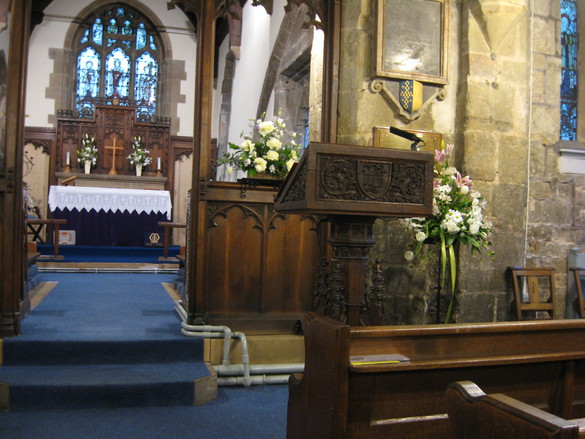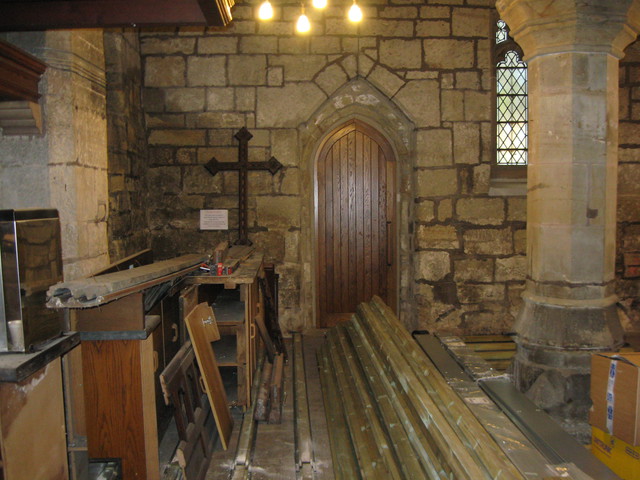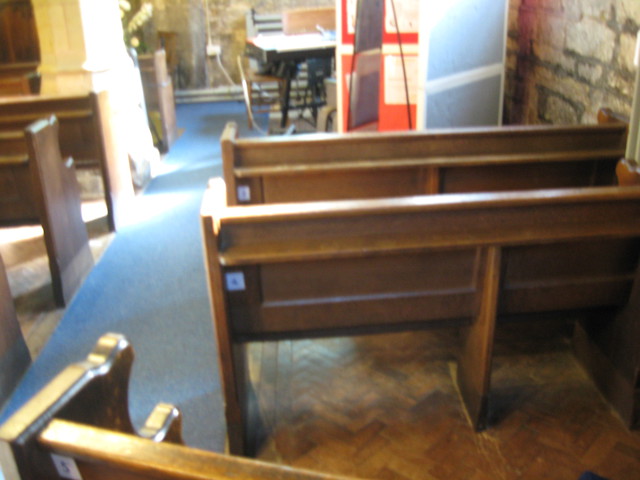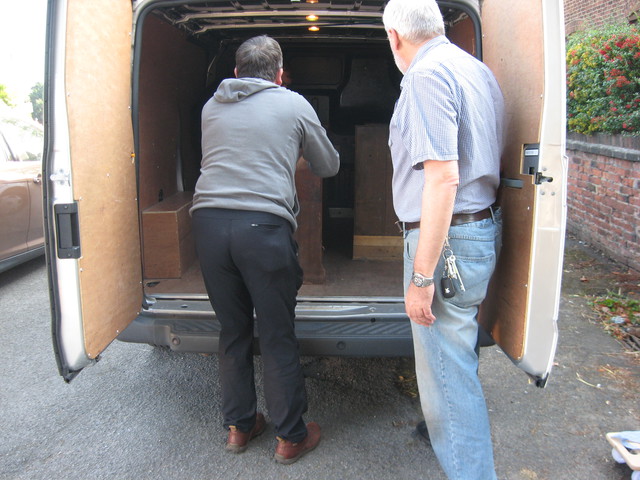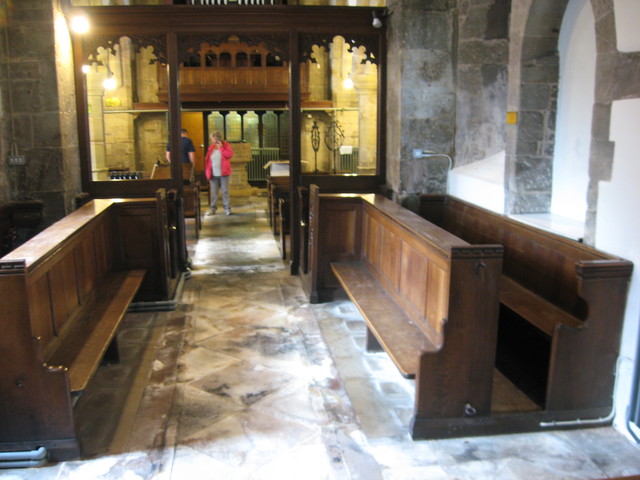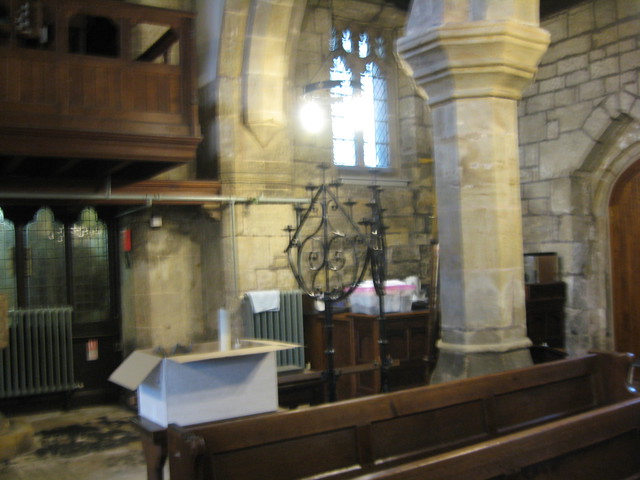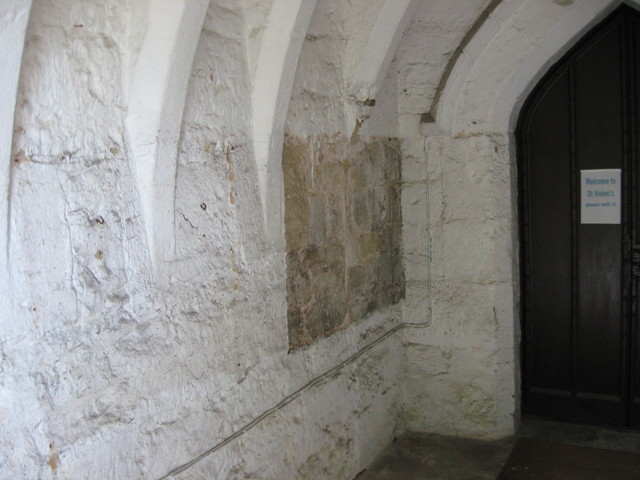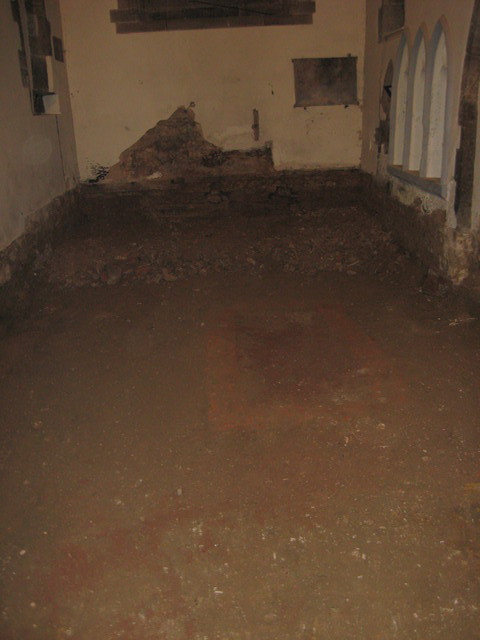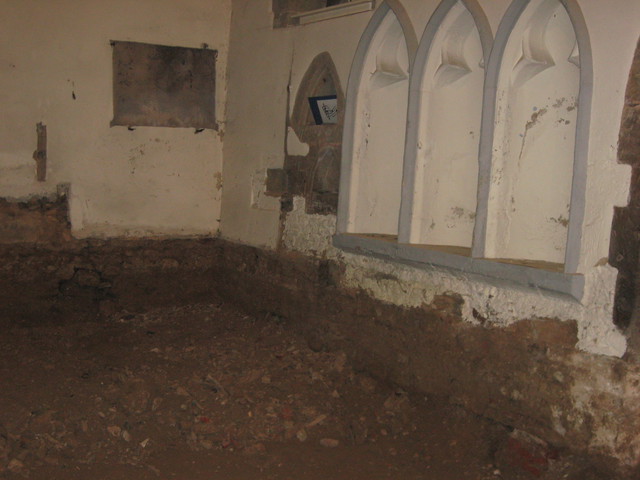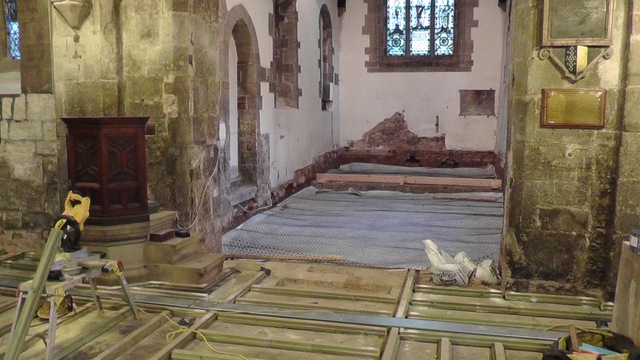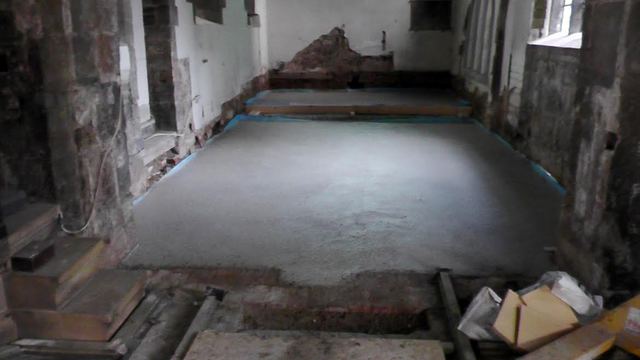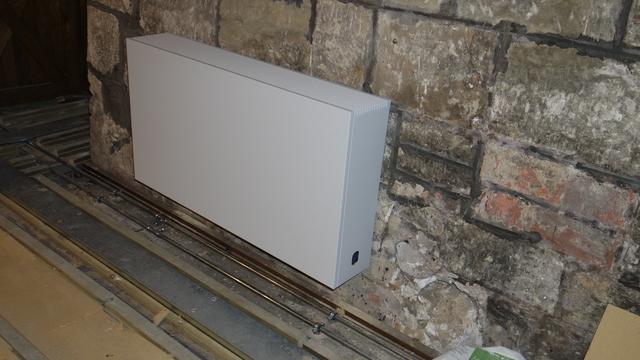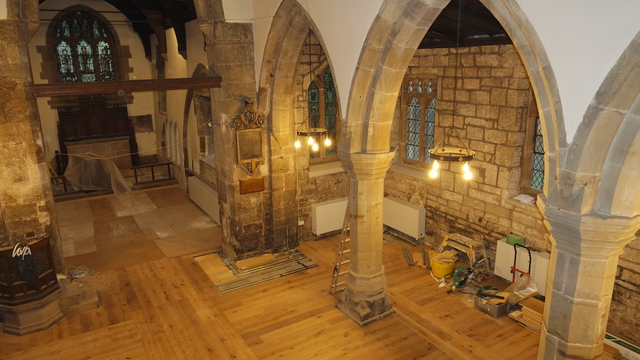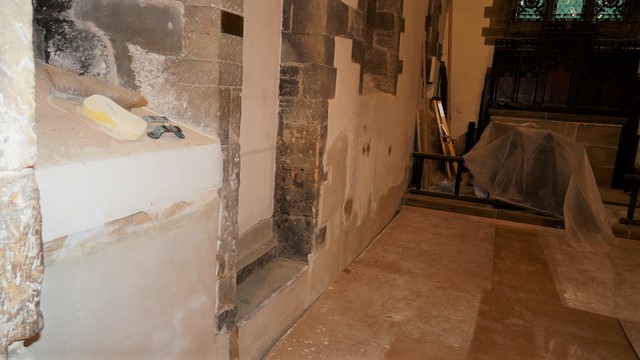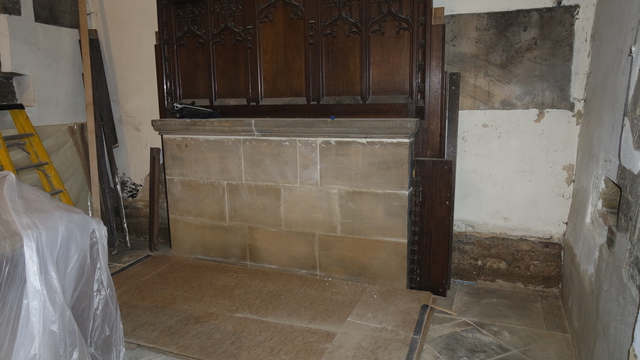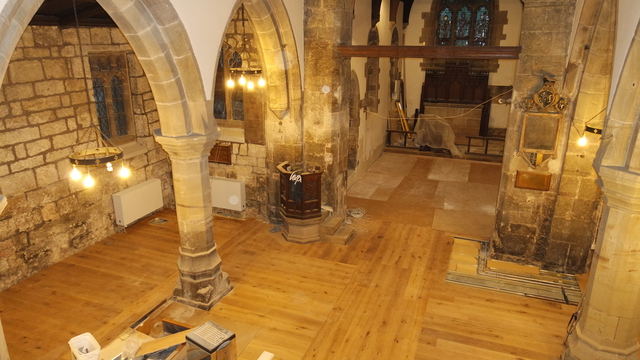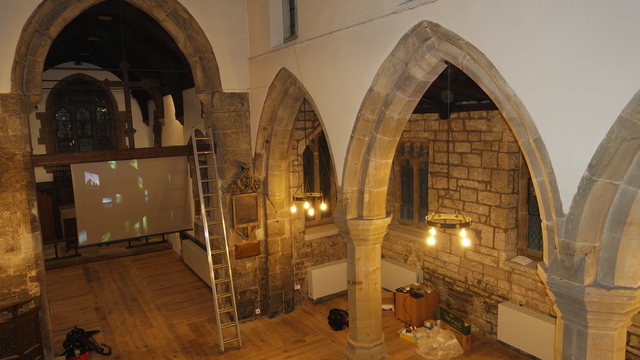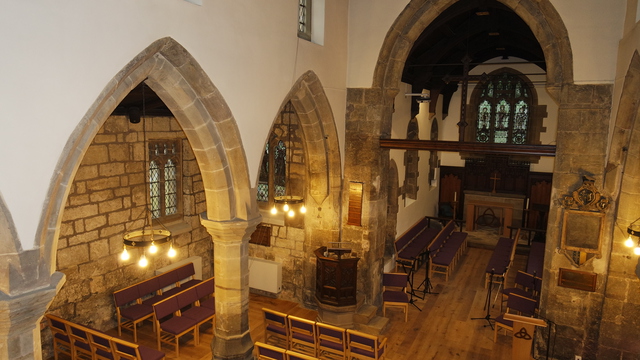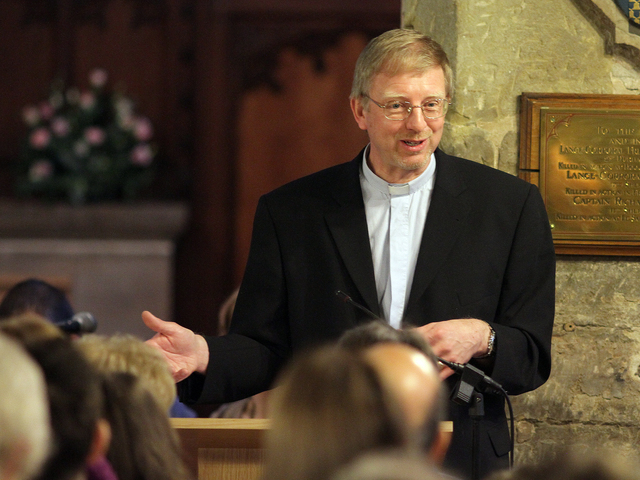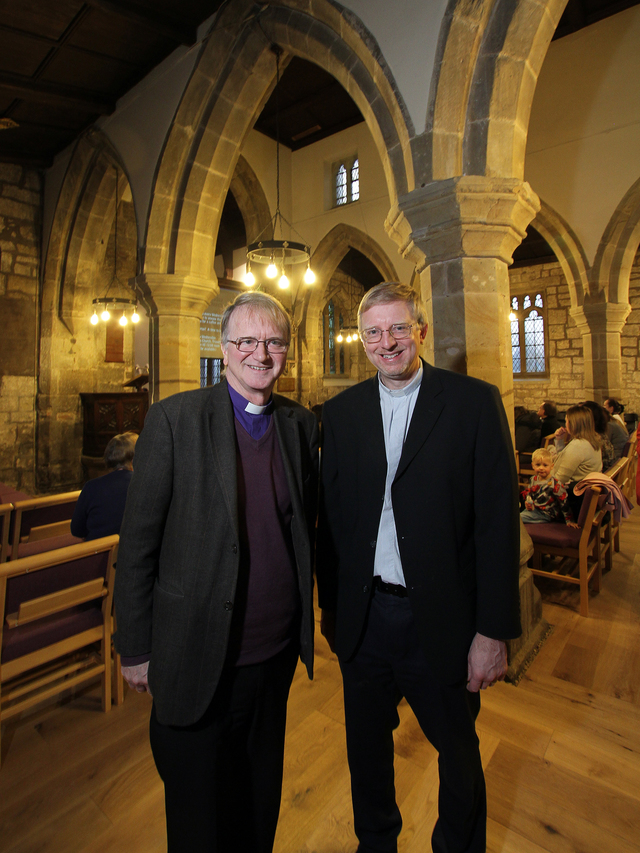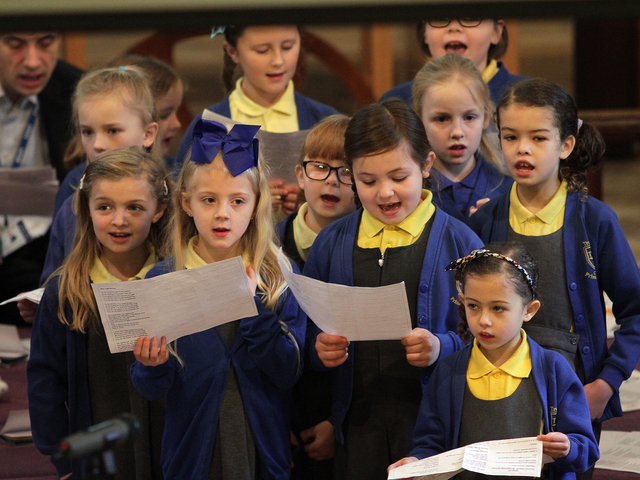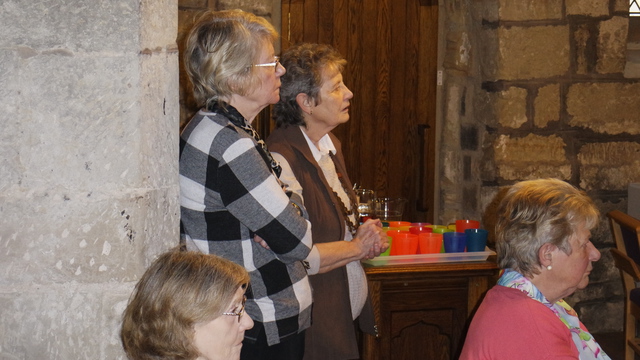Origins
St. Helen’s church Trowell has a history record as far back as AD801 when permission was given to build a wooden church on the site. In 1180 the present chancel was built in stone and would have been the whole church. The nave, aisles, raised clerestory and tower were added in stages much later. Since 1180 there has never been a gap of more than 150 years without some major alteration or addition in response to the contemporary requirements of the day.
Renewal project - why?
The renewal project was born from a desire to install a modern energy efficient heating system which would reach the set temperature easily, even in the coldest of winter weather. The present system, installed in about 1900, even with its later (35 year old) gas boiler, can never achieve severe winter performance even after five or six hours operation. It is known that the old pipes and radiators will soon start to give serious trouble. There is clear evidence of advanced corrosion which could at any time lead to serious water damage in the building.

Existing furnishings
As all the existing furnishings were installed in 1891, the 1900 heating system was built around the furniture in several areas. This means that furniture needs to be removed to properly install discreet modern heating. Small choir pews, originally built for choir boys, severely limit the capacity and usefulness of the chancel area. A review of the nave furniture reveals that at some time much of it has been subject to woodworm. Considerable wood rot, dealt with about five years ago, had made some pews unsafe. The present format of pews will only properly facilitate the traditional Victorian Anglican worship pattern. Any deviation from this pattern ranges from difficult to impossible. Special occasions and festivals always require the temporary removal of some pews.
Floor
The nave floor is of stone slabs with a herring-bone ceramic block pattern in the pew areas. Some blocks have become broken and loose or are missing, forming a trip hazard. It is not possible to replace them, so a filler compound has been used. Wood runners in the floor have some beetle infestation.
Originally the chancel floor was at the same level as the nave floor, but in 1891 the chancel floor was raised up two steps as was traditional at that time. This necessitated many other smaller and inappropriate alterations to accommodate this floor at the raised level. The most serious and obvious effect of the raised floor was obscuration of the large east window.
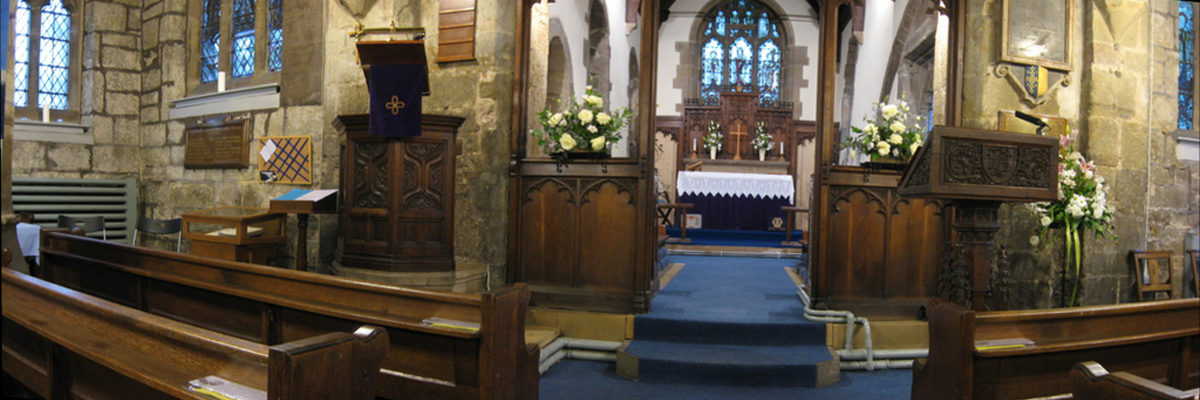
Before
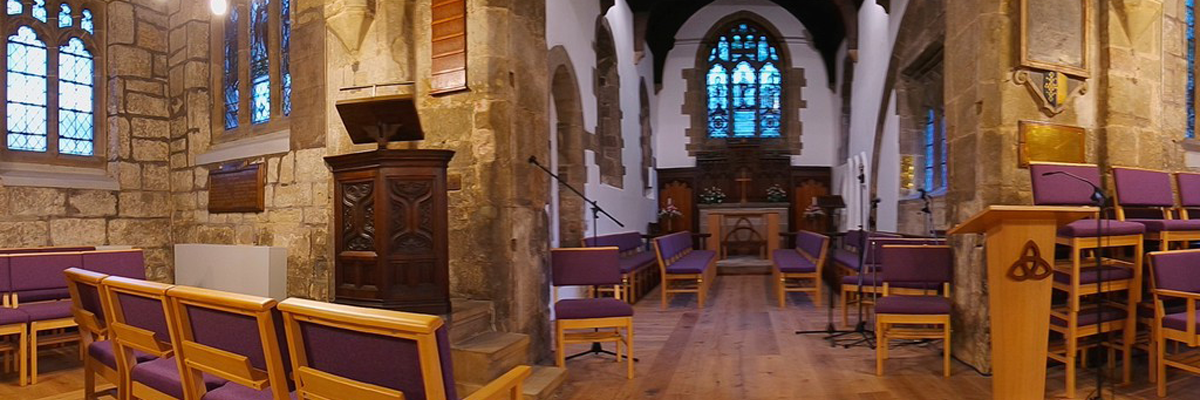
After
Historical use of the building
In the middle ages, the church would have been the only community building in the village and, in common with most other village churches, would have hosted many events and festivals other than the Sunday worship. There would have been no pews. Seating (if any) would have been moveable benches. The chancel is where the worship would have taken place, with the congregation (mostly standing) looking on from the nave. They would be pseudo worshiping because they were under the same roof. The only requirement being that they saw the bread broken during the Eucharist. It is in Victorian times that churches became reserved for worship alone. Theological thinking required that God be lifted up at a distance, hence the raised floor and distant altar. In the present day we very much consider that God is among us for his Spirit to be active in our lives. This surely is a much more biblical interpretation and completely in line with the teaching of Jesus.
The Renewal Project
The project seeks to return the use of the church building to the people, much as it would have been prior to Victorian times, but fit for use in a modern society. The building needs to be used for much more than an hour on Sunday and the occasional wedding or funeral. There are regular events taking place in the hall which could very appropriately take place in the church. This would free up hall booking space for lesser activities.
On completion of the project, the building will have a modern discreet economical heating system, a level insulated floor right through to the altar rail giving full disabled access, a creche area, chairs instead of pews thus making the nave and chancel space adaptable, cleaned up and restored historical features, improved lighting and a permanently installed Audio/Visual system with loop facility for hearing aid users.
We are not in the business of maintaining a monument to the past. We are in the business of enabling a modern community to come closer together and closer to God.
David Wright, April 2016
Renewal Project Update - July 2017
Our renewal project continues with more detailed costings for the work having being completed. The main contractor has been chosen based on the advice of our architect and we are making sure the project costs are covered and the grants bodies kept up to date with the latest cost breakdowns. Work will actually begin on 18 September 2017!
Taking a conservative approach to our income and costs the project is now going ahead. There will need to be some juggling to enable cash flow through the work. The main project work includes levelling the floor, installing a new heating system, putting a glass door in the porch and reworking the woodwork to fit the new layout. Ideally we also want to update the audio-visual equipment at the same time.
Overall, including the audio-visual work, the project comes to £107,000 in addition to the money we have already spent in fees getting to this point. As of May 2017 we are £6,400 short of this total but have applied for three more grants. Even if these don’t come in we can do the work with more limited audio-visual updates. However, if you would like to contribute (or contribute further!) to help cover this amount then gifts are welcome – do see David Wright.
We have had a sense through this long project of the Lord building us up as a people and community. Some of the Lord’s challenge has come in the waiting… some in the attention to detail… and some in the questions people have raised. The Lord’s graciousness is more than evident in the hearts of those who have given so much. Let us prayerfully seek to complete the task before us
Andy Lord, May – July 2017













